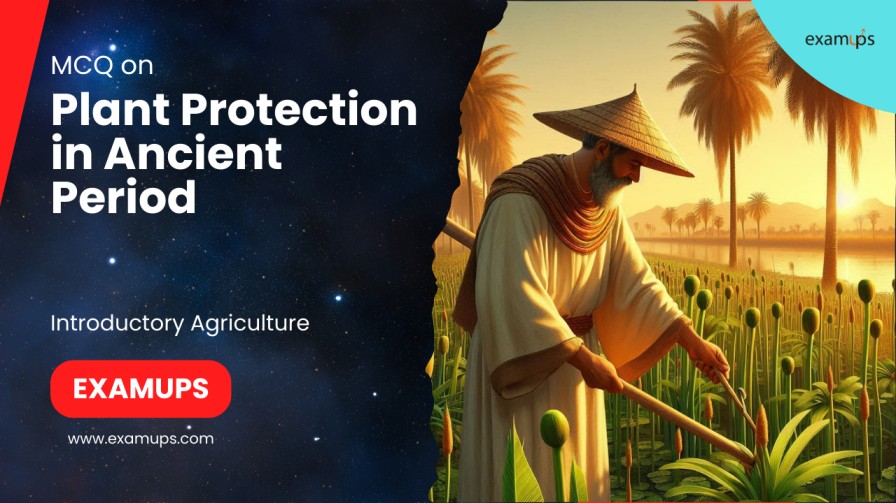MCQ on Plant disease epidemiologyMCQ on Plant disease epidemiology
MCQ on Plant disease epidemiology 1. Epidemiology in plant pathology is primarily the study of: A. Pathogen reproduction B. Host immunity C. Disease outbreaks, intensity, causes, and effects D. Crop










